Q
how much is a 2011 toyota yaris worth
The value of a 2011 Toyota Yaris in Malaysia is influenced by various factors such as the condition of the vehicle, mileage, configuration, and market demand. Generally, a vehicle in good condition with lower mileage and higher specifications may be priced around 20,000 to 30,000 Malaysian Ringgit. However, if the car is in poor condition or has a history of repairs, the price could be lower, ranging from 10,000 to 20,000 Malaysian Ringgit. Please note that this is just an approximate estimate.
Special Disclaimer: This content is published by users and does not represent the views or position of PCauto.
Related Q&A
Q
What Segment Does Toyota Yaris Belong to?
The Toyota Yaris belongs to the B-Segment, which is the small car class. Vehicles in this class are relatively compact in size, with a length of around 4140mm, a width of about 1730mm, a height of roughly 1475mm, and a wheelbase of 2550mm. With such dimensions, Toyota Yaris can nimbly navigate through city streets.
Generally,Toyota Yaris is affordable, with price ranging from RM 69,576 to RM 91,600, which is a great option for consumers on a tight budget.
The Toyota Yaris weighs approximately 1110 - 1140kg and is powered by a 1.5L naturally aspirated engine. The power output is more than enough for daily commuting. Inside, it can seat five people. The seats are thoughtfully designed, especially the rear seats, which can be split-folded in a 60:40 ratio, allowing for flexible adjustment of the space for passengers and cargo according to your needs.
Moreover, Toyota Yaris has an advantage in fuel efficiency. It runs on gasoline, and it helps the owners save on fuel costs during daily use.
Q
What's the Reslae Value of Toyota Yaris?
The resale value of the Toyota Yaris is influenced by various factors such as the vehicle's age, condition, mileage, market supply and demand, and vehicle configuration. Generally, the resale value rate of a 3 to 5 years old Toyota Yaris is about 60% to 80%. Take popular models like the 1.5G or 1.5V as an example. If the car is well - maintained and has a reasonable mileage (about 10,000 to 20,000 kilometers per year on average), a 3 - year - old Yaris can still retain about 70% of its original price. Moreover, the high reliability of the Toyota brand and its low maintenance costs are important factors supporting its resale value. It is recommended that car owners perform regular original - factory maintenance and keep complete maintenance records, which will help increase the second - hand resale value. Market conditions may change due to the economic environment and model upgrades. Therefore, for the most accurate resale value estimate, you can refer to the transaction prices of similar models on local used - car dealers or online evaluation platforms (such as Carlist or Mudah) for comparison.
Q
What's the Engine Displacement of Toyota Yaris?
The Toyota Yaris is equipped with a 1.5L naturally aspirated engine (engine displacement: 1496cc), a small yet efficient powertrain that delivers balanced performance and fuel economy, making it ideal for city commuting and daily use. This 1.5L Dual VVT-i engine produces decent torque at low RPMs, paired with a CVT transmission, offering smooth and fuel-efficient driving. The official fuel consumption figures are approximately 5.3 to 5.9L per 100km (varies slightly depending on driving conditions and model specifications).
The 1.5L displacement of the Yaris aligns well with Malaysian consumers' preferences, providing agile urban driving while maintaining low maintenance costs. Additionally, its 1.5L engine size keeps road tax affordable, contributing to lower long-term ownership expenses.
Q
What Engine Is Equipped by Toyota Yaris?
The Toyota Yaris is equipped with a 1.5 - liter (1496cc) in - line four - cylinder naturally aspirated engine, coded as 2NR - FE. It adopts the Dual VVT - i dual variable valve timing technology to optimize fuel efficiency and power output. The maximum horsepower is around 107hp, and the peak torque is approximately 140Nm. It is paired with the Super CVT - i continuously variable transmission. The overall power performance is smooth and fuel - efficient.
This engine emphasizes reliability and economy, making it suitable for city driving. Meanwhile, Toyota's mature technology also ensures low maintenance costs. It can still maintain stable performance in the hot climate and congested traffic conditions in Malaysia.
In addition, although this engine is not high - performance - oriented, it has sufficient low - speed torque and a brisk start. Paired with the CVT transmission, it can achieve a combined fuel consumption of about 5.3 - 5.9L/100km, taking into account both practicality and economy, which meets the needs of local consumers for small hatchbacks.
Q
What's the Type of Toyota Yaris' Transmission?
The type of the Toyota Yaris' transmission is CVT (Continuously Variable Transmission), which can offer a smooth shifting, effectively reducing the sense of jerk during gear changes and making the driving process more comfortable and stable. Utilizing a belt and variable-diameter pulley system to achieve seamless ratio changes, the CVT keeps the engine operating within its optimal RPM range, thereby improving fuel efficiency.
With 7 simulated gear steps, this transmission adapts to various driving scenarios, providing appropriate power delivery whether in stop-and-go city traffic or during long highway journeys. The system ensures responsive performance across different road conditions while maintaining the inherent advantages of CVT technology.
Q
What’s the PCD Size of Toyota Yaris?
The full English name of PCD is Pitch Circle Diameter, which refers to the pitch circle diameter and is an important parameter of automobile wheels. The PCD sizes of Toyota Yaris models vary across different years. For Toyota Yaris models from 2019 to 2024, their PCD sizes are all 100mm. The PCD size determines the compatibility between the wheel and the vehicle. It represents the diameter of the center circle of the bolt holes on the wheel. If the PCD size isn't appropriate, the wheel won't be properly installed on the vehicle. Understanding the PCD size is crucial when replacing wheels or tires. When choosing suitable modified wheels or spare tires, you need to ensure that the PCD size is the same as the original one of the vehicle. Only in this way can the safety and stability of the vehicle during driving be guaranteed.
Q
Does Toyota Yaris Support Apple Carplay?
Some high - end models of the Toyota Yaris are indeed equipped with multimedia touch display system that supports Apple CarPlay (this depends on the year and model). You can directly connect your iPhone via USB to use functions such as navigation, music, and calls, which enhances driving convenience. However, it should be noted that the entry - level versions may only be equipped with a basic audio system and do not support CarPlay. It is recommended to confirm the specific configuration with the dealer before purchasing a car.
In recent years, Toyota has gradually popularized intelligent connectivity features in many models. Apple CarPlay has become one of the factors considered by many Malaysian consumers before purchasing the vehicle. In addition to CarPlay, some versions may also support Android Auto, allowing users to access their phone functions more flexibly. If your Yaris was made in an earlier year and doesn't have this feature pre - installed, you can also consult the original manufacturer or the authorized service center to see if there is a solution to upgrade the host system.
Q
What's the Brand of Toyota Yaris' Tire?
The brands of original tire equipped by the Toyota Yaris may vary depending on the model year, vehicle grade, and regional dealerships. Common tire suppliers include Bridgestone, Dunlop, or Michelin. The tire specifications are usually 185/60 R15 or 185/55 R16, which are suitable for urban driving (refer to the vehicle configuration sheet for specific details). Tires of these brands focus on wear resistance and low rolling resistance, aligning with the Yaris' economical and practical positioning. Meanwhile, they also offer good wet - road grip, making them suitable for Malaysia's rainy climate.
It is recommended that car owners regularly check the tire pressure and wear. The original recommended tires can ensure optimal fuel efficiency and handling performance. If you need to replace the tires, you can refer to the original specifications on the door frame or in the user manual, or directly consult a Toyota - authorized service center to ensure compatibility.
Q
Is Toyota Yaris a Good Car? Learn the Pros and Cons Here
The Toyota Yaris has its advantages and disadvantages. In terms of advantages, it is equipped with a very rich set of safety features. Standard equipment includes ABS anti - lock braking, vehicle stability control, and seven airbags, which can provide reliable safety protection for both drivers and passengers. Meanwhile, a variety of practical driver assistance systems, such as lane change assist, lane departure warning system, and autonomous emergency braking, are also standard, reducing the risk of accidents. The rear seats in the vehicle are either 60:40 Split - folding or 60:40 Folding seats, allowing for flexible adjustment of the interior space to meet the needs of carrying passengers and cargo. In terms of price, the cost varies among different versions. For example, the 2024 Toyota Yaris 1.5E is priced at RM 88,000, offering a certain range of price options.
However, it also has its drawbacks. The rear brakes of some models use drum brakes, which are slightly inferior to disc brakes in terms of braking performance and heat dissipation. Moreover, in some models, the rear - seat space may not be roomy enough for tall passengers in terms of legroom. Overall, the Toyota Yaris is a vehicle with a high cost - performance ratio that can meet the needs of daily commuting and family use.
Q
What's the Width of Toyota Yaris?
The width of different versions of the Toyota Yaris varies slightly. Generally speaking, the width of the standard version model is 1,730 millimeters, while the width of the Yaris Cross model is 1,770 millimeters. The body width has an impact on the vehicle's handling, stability, and the interior space layout. An appropriate width enables the vehicle to maintain good stability while driving on the road. At the same time, it also determines the size of the interior lateral space, which affects the comfort of passengers. A width of 1,730 millimeters or 1,770 millimeters can well balance the needs of daily driving and interior space.
Latest Q&A
Q
Does the 2024 GTI have a turbo?
Yes, the 2024 Volkswagen GTI still comes with a turbocharged engine. Specifically, it's powered by a 2.0-liter TSI four-cylinder turbocharged engine, which is a feature of the GTI lineup. This engine can deliver ample power output and responsive throttle response.
This engine has been optimized to perform stably in Malaysia's tropical climate while also taking fuel economy into account. Turbocharging technology enhances combustion efficiency by compressing the intake air, enabling the vehicle to generate high torque at low engine speeds. This makes it highly suitable for Malaysia's urban roads and occasional mountainous drives.
It's worth mentioning that although turbocharged engines offer strong performance, regular maintenance is especially crucial. In high-temperature and high-humidity environments, it is recommended to change the engine oil and air filter on schedule to ensure the long-term durability of the turbo system.
For owners who like to modify their cars, the GTI's turbocharged engine also has good potential. However, they need to ensure that all modifications are legal and compliant to avoid affecting the original factory warranty.
Q
What's the top speed of a 2024 Golf GTI?
The top speed of the 2024 Volkswagen Golf GTI is 250 km/h, which is the result of the electronic speed - limit setting. If the limit is removed, the potential of its 2.0 - liter turbocharged engine (around 245 hp/370 N·m) could be even higher. However, it should be noted that the legal maximum speed on Malaysian roads is 110 km/h. Speeding is not only illegal but also dangerous. As a popular hot - hatch, the 7 - speed DSG gearbox and front - wheel drive system of the GTI can provide responsive acceleration (0 - 100 km/h in about 6.3 seconds), and the DCC adaptive chassis technology is suitable for the changeable road conditions in Malaysia. Local car owners should pay attention to regular maintenance of the turbo engine. Especially in the tropical climate, they need to keep an eye on the cooling system and the condition of the engine oil. If you're after even higher performance, you can look into the upcoming Golf R version (320 hp/4Motion all - wheel drive). But the balance of the GTI can already meet the needs of daily driving and occasional thrills, and it's more adaptable to the relatively narrow rural and urban roads in Malaysia.
Q
How much will the 2024 Golf GTI depreciate?
The depreciation rate of the 2024 Golf GTI in Malaysia is influenced by multiple factors such as the new - car price, market demand, vehicle condition maintenance, and the economic environment. Generally speaking, the depreciation rate in the first three years may reach 30% to 40%. The specific performance depends on local consumers' preference for performance cars and the activity level of the used - car market.
As a popular performance hatchback, the Golf GTI has a stable fan base in Malaysia thanks to its excellent power performance and handling, which helps slow down the depreciation rate, especially for models in good condition with low mileage. In Malaysia, used - car prices are also affected by import taxes, exchange - rate fluctuations, and the market performance of peer competitors like the Honda Civic Type R or the Hyundai i30 N. It is recommended that potential buyers pay attention to the officially certified used - car channels to get more transparent vehicle conditions and warranty services.
In addition, regular maintenance records and the integrity of original parts will also significantly affect the residual value. Therefore, car owners should keep maintenance receipts properly to maximize the resale value in the future.
Q
Is the Golf GTI 2024 AWD?
The 2024 Volkswagen Golf GTI still maintains the front-wheel drive (FWD) layout in the Malaysian market and does not offer an all-wheel drive (AWD) version. This classic hot hatch is equipped with a 2.0-liter turbocharged engine, paired with a 7-speed dual-clutch transmission, focusing on flexible handling and urban driving pleasure. For Malaysian consumers, the FWD setup can already meet daily needs in the tropical and rainy environment, and it is also more conducive to reducing fuel consumption and maintenance costs. If you're looking for stronger grip, you can pay attention to the R version in the Golf family (such as the Golf R) or AWD models from Japanese brands in the same class, like the Subaru WRX. It's worth noting that although the AWD system improves stability on slippery roads, it will increase the vehicle's weight and price. It is recommended to take test drives and make comparisons before making a choice. Local car owners can also optimize the wet-road performance of FWD vehicles by upgrading the tires (such as high-performance rain tires) when modifying their cars.
Q
What is the top speed of the Golf GTI 2024?
The top speed of the 2024 Volkswagen Golf GTI is 250 km/h, which is the result of the electronic speed - limit setting to ensure the vehicle operates within a safe range. It is powered by a 2.0 - liter turbocharged four - cylinder engine that can produce around 245 horsepower and around 370 N·m of torque. It is paired with a 7 - speed dual - clutch transmission or a 6 - speed manual transmission, offering strong power performance.
For car enthusiasts in Malaysia, the Golf GTI has always been a popular hot - hatch choice. Its excellent handling and practicality make it well - suited for the local winding roads and urban driving environment. It's worth noting that although 250 km/h is the official data, the actual top speed may be affected by factors such as road conditions, tires, and weather. It is recommended to experience its performance on legal tracks.
The Golf GTI is also equipped with an adaptive chassis control system that can adjust the suspension stiffness according to the driving mode, balancing daily comfort and sporty performance. This kind of technology helps it stay competitive among its peers and also reflects Volkswagen's pursuit of the balance between performance and practicality.
View MoreRelated News
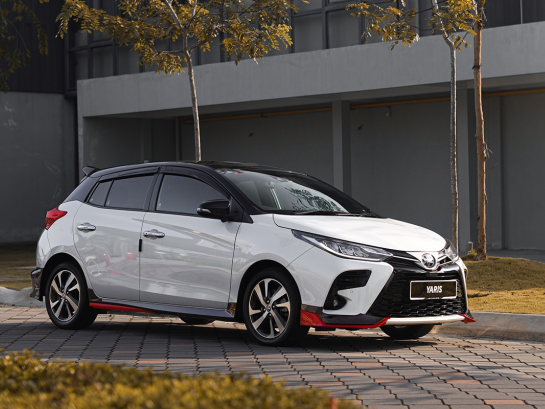
Toyota Yaris Interior Design Revealed: The Ideal Choice for Daily Commutes
AshleyJul 17, 2025

Highlights of the Toyota Yaris: The Perfect Fusion of Outstanding Power and Comfortable Handling
MichaelApr 16, 2025
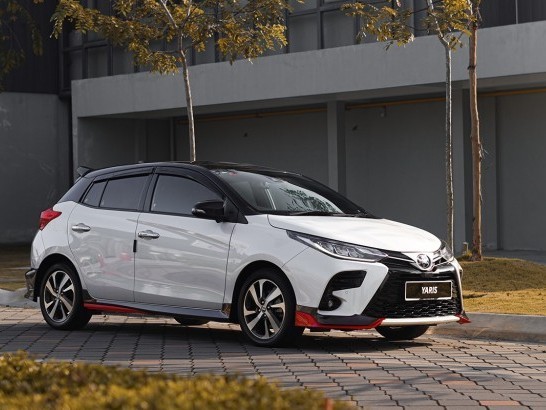
Is my Yaris fuel consumption normal? What should the fuel consumption per 100km be?
MichaelFeb 28, 2025
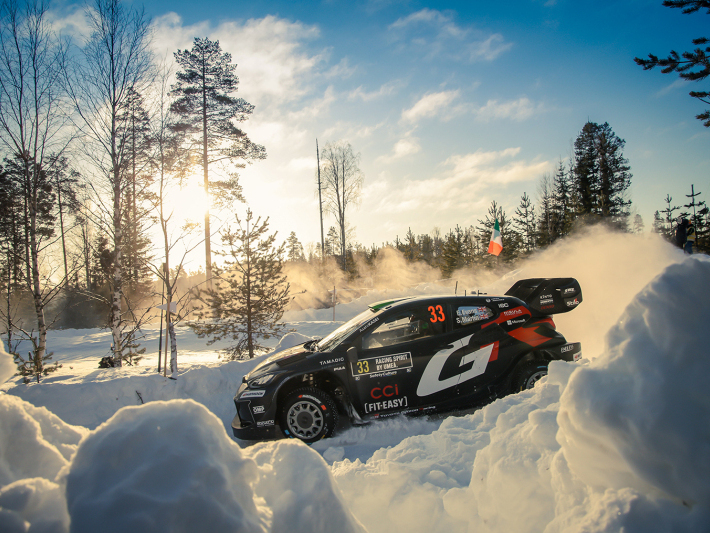
Toyota takes the crown at the second stop of the 2025 WRC, the GR Yaris helps Toyota take the top of the points table
JamesFeb 19, 2025
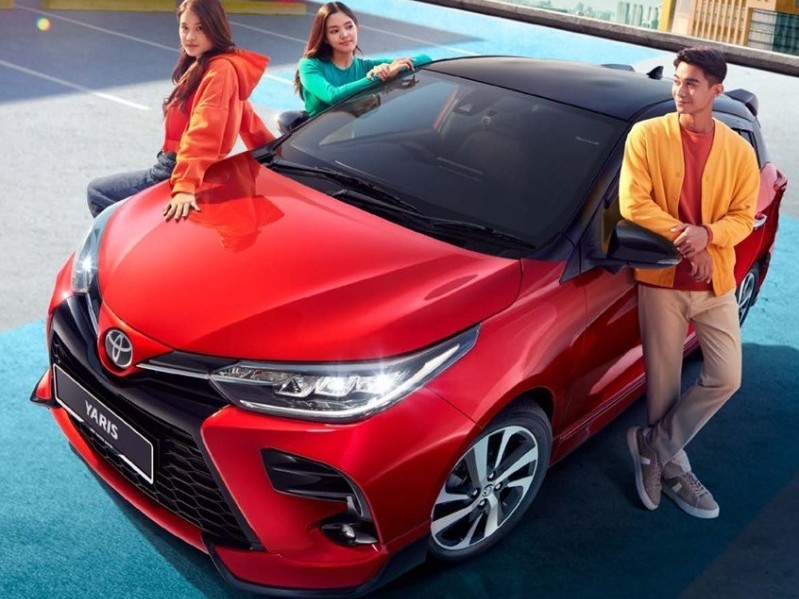
Starting from RM 88,000! The favorite of office workers, Toyota Yaris meets all your needs!
LienSep 4, 2024
View More












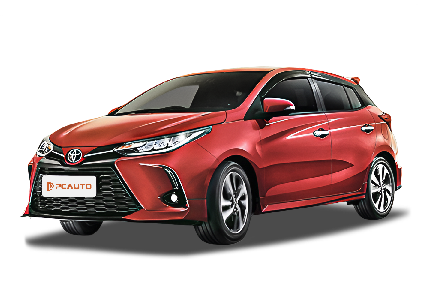




Pros
Cons